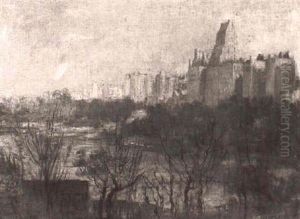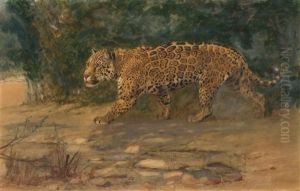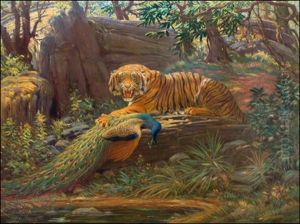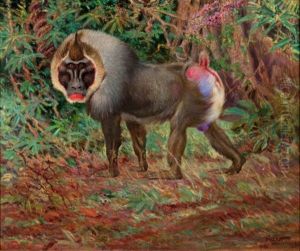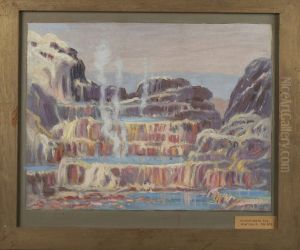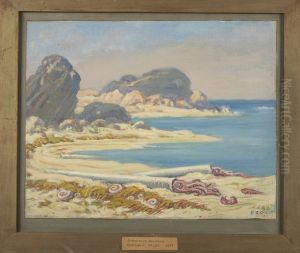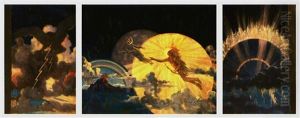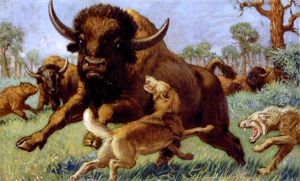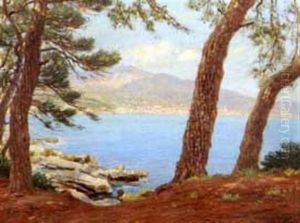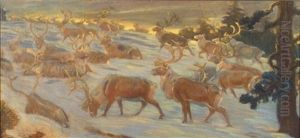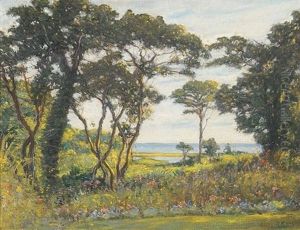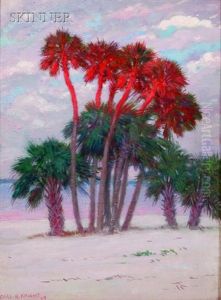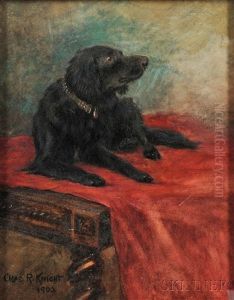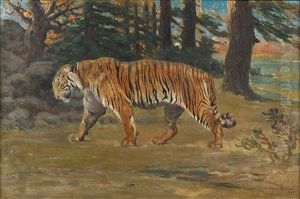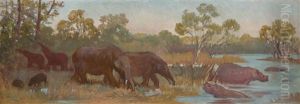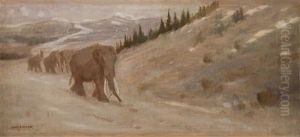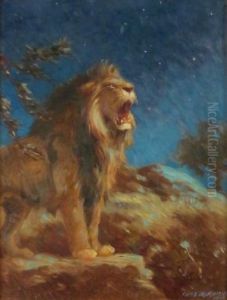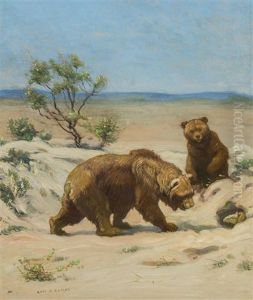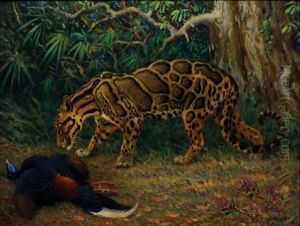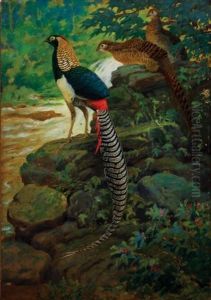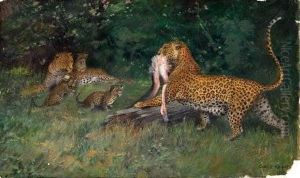Charles Robert Knight Paintings
Charles Robert Knight was an American artist who is renowned for his influential work in paleoart, the artistic recreation of dinosaurs and other prehistoric animals based on fossil evidence. Born on October 21, 1874, in Brooklyn, New York, Knight developed an interest in nature and wildlife from a young age, which would deeply influence his career path.
Knight's talent in art was apparent early on, and he began studying at the Metropolitan Art School in New York. He further honed his skills under the tutelage of the famous American painter and muralist, Abbott Handerson Thayer. Despite facing the challenge of partial blindness due to an eye injury when he was six, Knight pursued his passion for art with determination.
Knight's career as a paleoartist began in earnest when he was commissioned by the American Museum of Natural History in New York to create paintings and murals of prehistoric life. His work was groundbreaking, as he collaborated closely with paleontologists to ensure the scientific accuracy of his depictions, a practice that was not common at the time. Knight's depictions of dinosaurs and other ancient creatures were based on the latest fossil discoveries and scientific theories, and his work helped to shape the public's perception of prehistoric life.
Throughout his career, Knight produced a prolific body of work that included paintings, murals, and sculptures found in various institutions such as the Field Museum in Chicago and the National Museum of Natural History at the Smithsonian Institution in Washington, D.C. His work was celebrated for its combination of artistic skill and scientific detail, and he became a key figure in the field of paleoart.
Knight continued to work and contribute to the field of paleontological art until his death on April 15, 1953. His legacy lives on in the countless images of prehistoric fauna he created, which continue to inspire and educate both artists and scientists. Knight's work not only brought extinct creatures to life for the general public but also influenced the depiction of dinosaurs in popular media, including cinema and literature.
